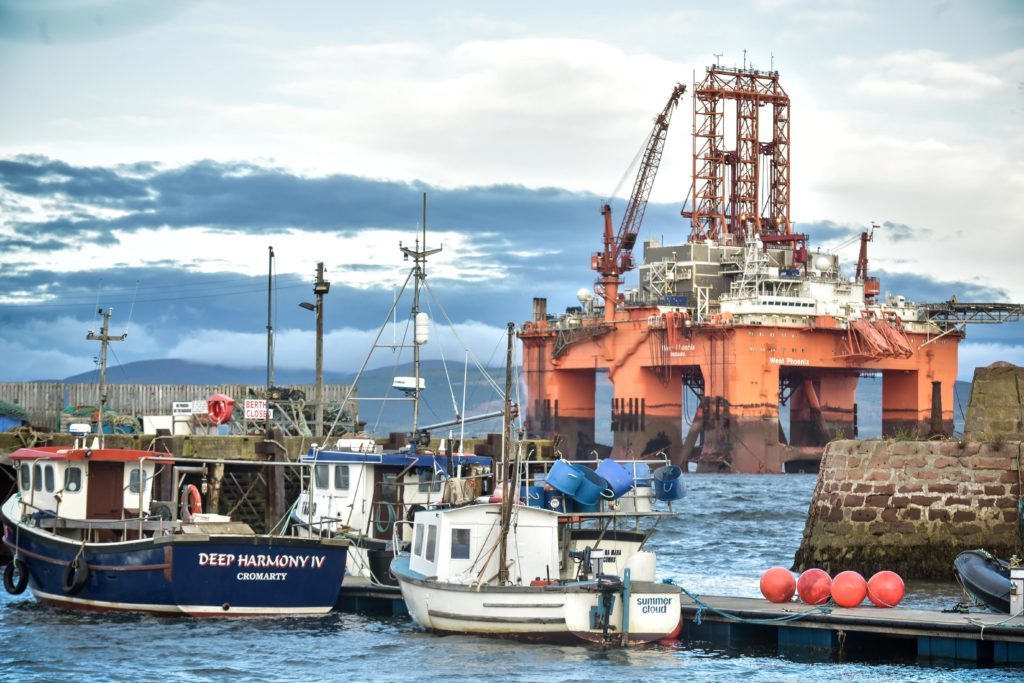
Jersey Oil and Gas is back on the hunt for partners to develop its Verbier discovery after energy giant Equinor decided to sell back its 70% stake.
Equinor bought into the P2170 licence in the outer Moray Firth in 2016, but has decided to sell after “disappointing” results from an appraisal of the field in April.
The appraisal suggested Verbier had just 25million recoverable barrels of oil equivalent, despite earlier hopes resources had been be as high as 130million.
Following the appraisal the Norwegian firm said it would carry out a full re-evaluation of the area, but has now decided to enter into a conditional Sale and Purchase Agreement (SPA) with JOG.
An Equinor spokesman said that although Verbier is a potential development opportunity, it “does not rank sufficiently high” in its global portfolio to be prioritised.
He added that Equinor “remains committed” to the UKCS having started up three fields last year, including the huge Mariner development.
The deal includes two main payments: up to $3m to the Oil and Gas Authority to pay for a field development plan for Verbier and up to $5m to Equinor upon first oil from the field.
Jersey will also make royalty payments on the first 35million barrels produced from Verbier, which lies 60miles north-east of Aberdeen.
JOG said the deal will add an estimated 17.5million barrels of discovered volumes to its existing resource base within the Greater Buchan Area (GBA), where Verbier lies.
Chief executive Andrew Benitz said: “We are now well placed to progress our development plans through Concept Select, before launching a farm-out process to attract industry partners to join us in unlocking the significant value that exists within the Greater Buchan Area.”
After selecting its concept for the GBA development, JOG will launch a farm out for Verbier, the Buchan field and the J2 and Glenn oil dicoveries, as well as nine exploration prospects.
In 2016, then named Statoil, Equinor farmed in to Verbier with a 70% interest from JOG and co-venturer CIECO Exploration, with the agreement to pay all costs of up to $25million.
At the time Equinor said “the opportunity looks promising” and that it “strengthens” its position in the UK North Sea.
In April last year, the Verbier appraisal saw Jersey’s shares drop by nearly 60%, although the firm said it could still be commercial with other prospects like the nearby Cortina.
This new deal means JOG will become operator of its planned Buchan hub development, which includes a redevelopment of the Buchan field, along with the J2 and Verbier oil discoveries.
The additional 70% stake will take JOG’s interest in the P2170 licence to 88%, with London-based Cieco UK owning 12%.
In 2017 the Buchan field was shut in due to safety reasons related to the rig, then operated by Repsol Sinopec Resources UK.
Meanwhile JOG estimates the nearby J2 field contains mean recoverable oil volumes of 20m barrels of oil equivalent.
An Equinor spokesman said: ” Following the conclusion of the Verbier appraisal well drilled in 2019 and evaluation of the results, Equinor has made the decision to exit the P2170 licence containing the Verbier discovery.
“Although considered a potential development opportunity, the Verbier discovery does not rank sufficiently high in the Equinor global portfolio to warrant prioritisation.
“We remain committed to the potential of the UKCS. Last year we put three fields into production, and we are maturing the Rosebank project, where we acquired the operatorship in 2019. We will continue to explore on the UKCS in 2020.”
Jersey also said it has a “vision” to provide “cleaner, safer energy” and has contracted engineering consultancy KBR to evaluate power solutions for the GBA development, including the possibility of using Buchan as a regional hub to distribute electric power.
Mr Benitz added: “We are working closely with the OGA and leading contractors to introduce technologies to enable the GBA development to be at the forefront of the energy transition as well as being a new area hub that encourages regional industry collaboration to maximise the economic recovery of resources in this prolific part of the Central North Sea.”
Recommended for you

